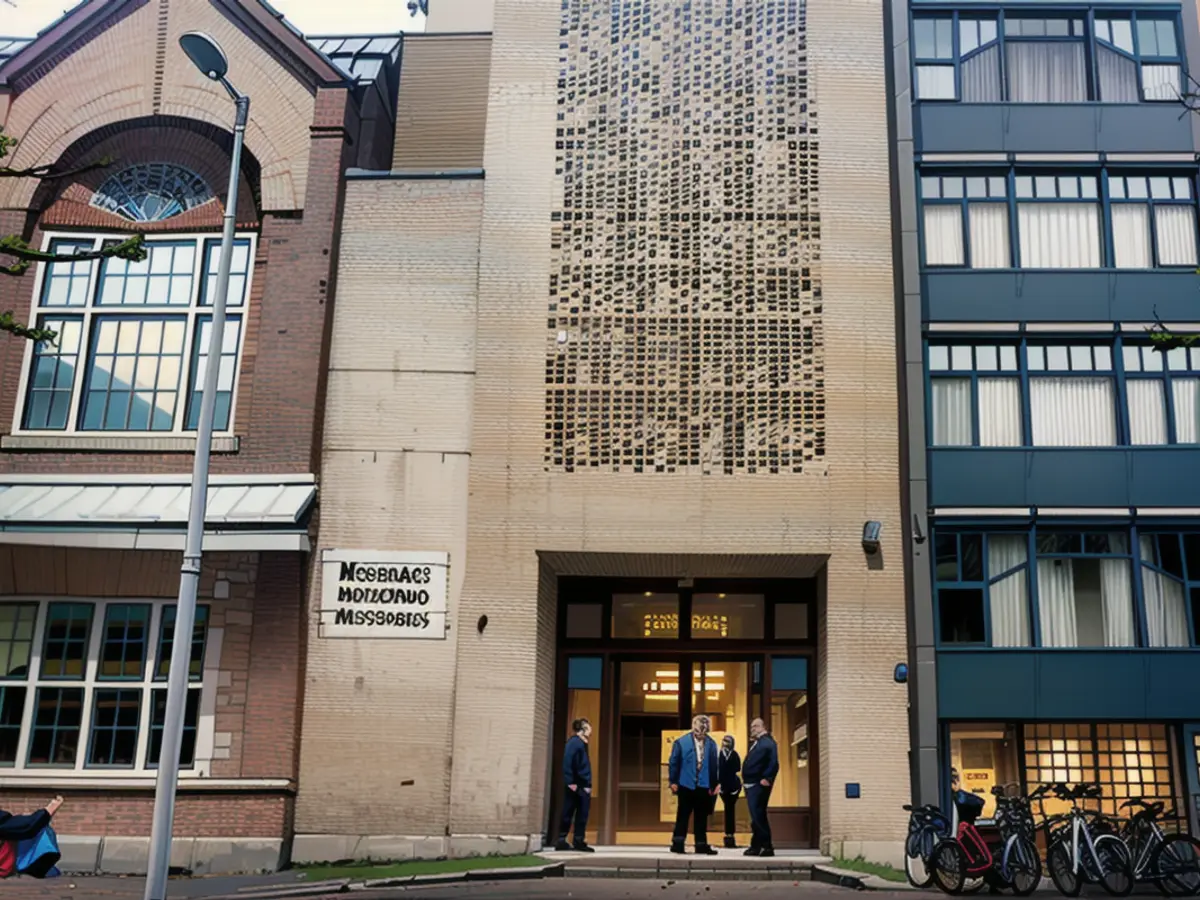Amsterdam in the Spotlight: Exploring the City's Vibrant Culture, Attractions, and Delicious Cuisine - Two exhibitions showcase Nazi art theft and its aftermath.
The Amsterdam museums, the Holocaust Museum and the Jewish Historical Museum, present a joint exhibition titled "Beroofd" (meaning "Raided" in Dutch) which commences until October 27th, combining to shed light on the outcome of the robbery of Jewish art and cultural belongings by the German National Socialists.
This artwork pilferage was a deliberate aspect of the Jews' persecution and led to the Holocaust, highlighted by Taco Dibbits, the Rijksmuseum's director, during the event's opening ceremony. It delves into the aftermath of the museum's research on the origins of its collection, focusing post-1933.
The exhibition includes eight individual accounts, unveiling how Nazis methodically snatched artwork, religious items, and valuable books from the Jews. Facing financial strains while fleeing, many Jews were forced to sell their collections.
Furthermore, the exhibition illuminates what happened to their progeny or survivors who endeavored to recover their belongings. Numerous artworks, sacred objects, or precious books vanished without a trace, still unaccounted for today. Surprisingly, several artworks and images once owned by Jewish individuals linger in museums.
The harrowing probe into the Goudstikker family serves as an example: the well-known art collector Jacques Goudstikker lost his life attempting to flee to England. Post-war, his wife and later his heirs tried restoring their precious art collection from the Dutch government. After years of legal struggles, they consented to a resolution in 2006. Unsurprisingly, several works from the Goudstikker selection still occupy the walls of German museums. The Goudstikker collection is now a symbol of the arduous task of handling stolen art after World War II. (This is the paraphrased text)
Read also:
- Caught up in the present: the end of "The Crown"
- Through New Year's Eve with TV shows
- What's next for the series hits?
- Which shows will be on?
- Despite the ongoing double exhibition at Amsterdam's Holocaust Museum and Jewish Historical Museum titled "Beroofd," several artworks from the Goudstikker collection remain in German museums.
- The 'Beroofd' exhibition in Amsterdam, running until October 27th, offers a startling insight into the art theft during the Holocaust Era and its lingering impact.
- The aftermath of World War II saw Jewish families, such as the Goudstikker family, engaged in lengthy legal battles to reclaim their stolen art, an aspect highlighted in the 'Beroofd' exhibition in the Netherlands.
- The 'Beroofd' exhibition in Amsterdam delves into the history of art theft during the Holocaust, showcasing the double exhibition's impact on the broader narrative of art history.
- The Dutch cities of Amsterdam and the Hague house various museums, including the Holocaust Museum and the Jewish Historical Museum, which, through endeavors such as 'Beroofd,' continue to shed light on the dark chapter of art theft in history.
Source:








